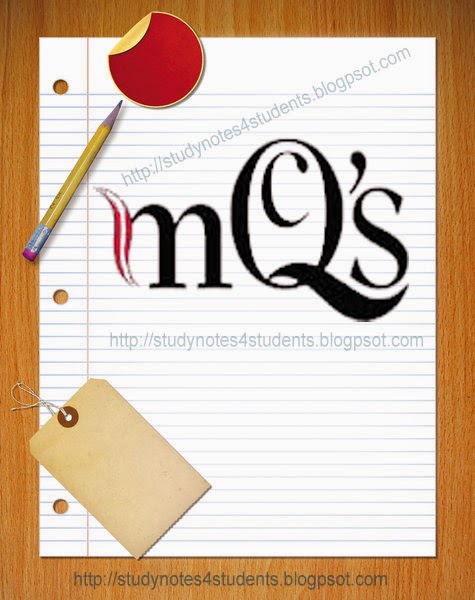NOTE :ANSWERS ARE PRESENT AFTER 5 MCQs
| 1. | Biological molecules (proteins) which catalyze a biochemical reaction and remain unchanged after completion of reaction are called | |||||||
|
| 2. | Which statement about enzyme is incorrect: | |||||||
|
| 3. | In which of the following location enzymes controlling cellular respiration are present? | |||||||
|
| 4. | An activated enzyme consisting of polypeptide chain and a cofactor is called: | |||||||
|
| 6. | A cofactor made of inorganic ion which is detachable is called | |||||||
|
| 7. | Enzymes _________ the activation energy of a chemical reaction | |||||||
|
| 8. | A three dimensional dcavity bearing a specific charge by which the enzyme reacts with its substrate is called | |||||||
|
| 9. | Which step causes activation of catalytic site of an enzyme? | |||||||
|













.jpg)

0 comments:
Post a Comment